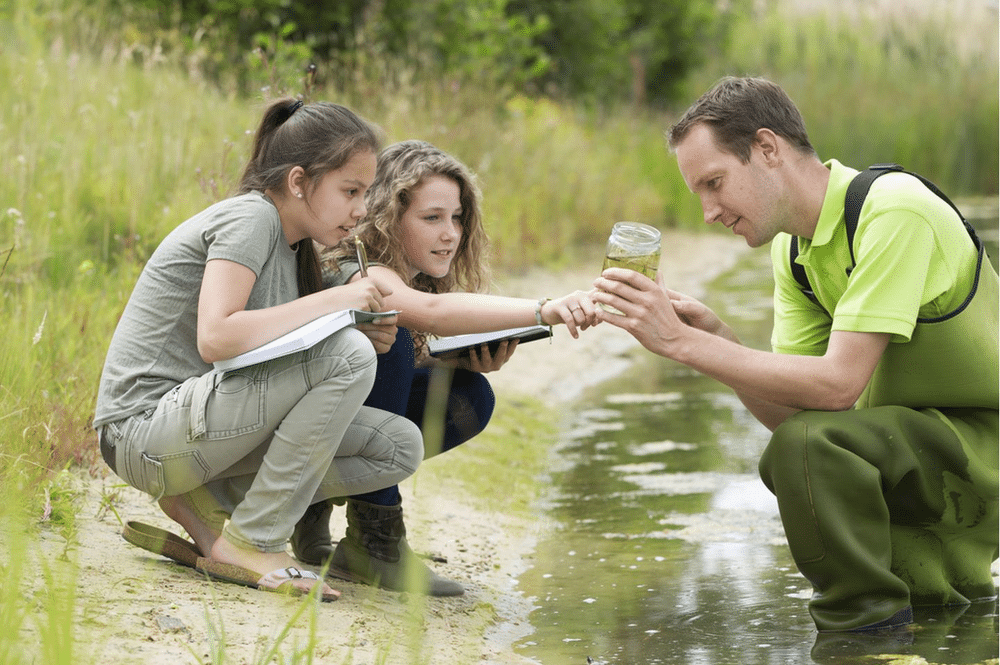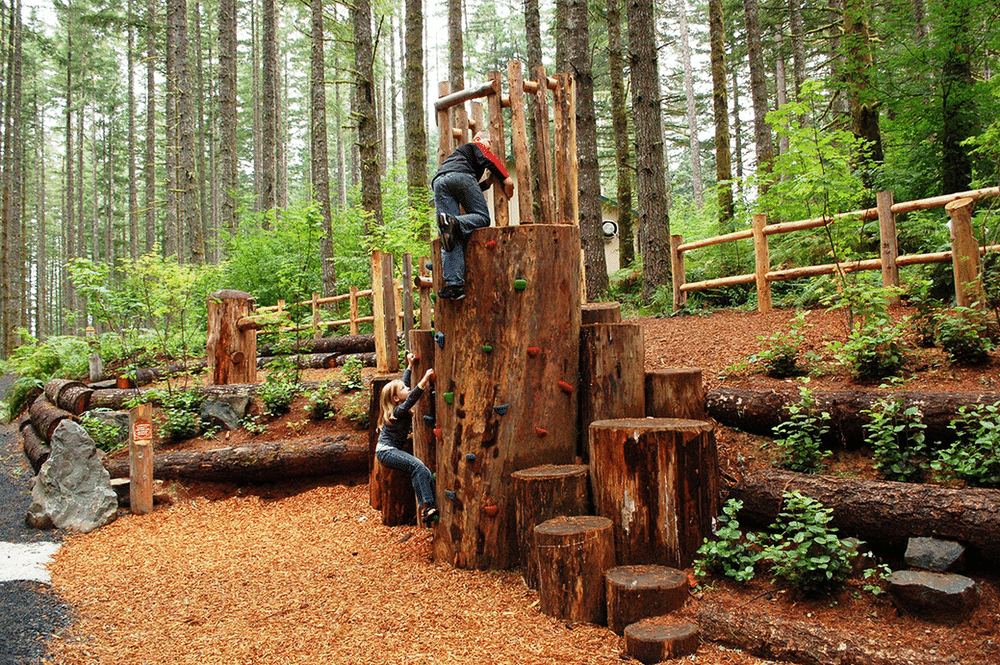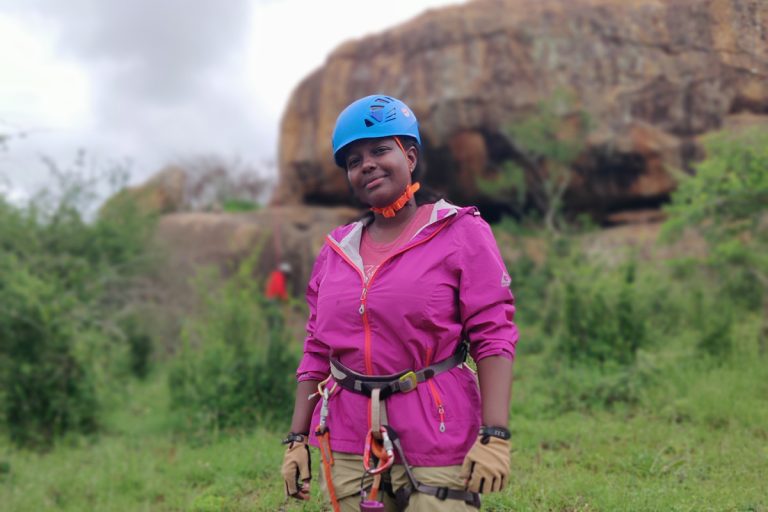
Introduction
Experiential and adventure programs which focus on building life skills such as teamwork, compassion, character and resilience may have an interest in incorporating environmental education into their programming. Doing this skillfully can be a challenge.
Environmental education is a distinct discipline, with its own academic body of literature, nonprofit associations, PhD researchers, academic journals and advanced degree programs, and career specialist practitioners.
Adventure educators should not be expected to be experts in environmental education. And many adventure-based outdoor education programs have limited program time in which to incorporate environmental education experiences.
However, it is possible to include environmental education into experiential adventure. Introductory concepts and further resources for doing this are below.
Principles
Research suggests that for learners to build the capacities necessary to effectively support environmental sustainability, knowledge of or exposure to nature is not enough. It’s important for learners to understand ecological concepts, develop environmental sensitivity, understand environmental issues, have environmental beliefs and values, hold an internal locus of control (empowerment), and have knowledge of and skill in applying action strategies.
This means that good environmental education goes far beyond teaching Leave No Trace principles and offering natural history interpretation. Quality environmental education supports true environmental sustainability—such as decarbonizing the global economy.
The Guidelines for Excellence in Environmental Education standards developed by the North American Association for Experiential Education emphasize the importance of an “action orientation” and skills-building, including critical thinking, inquiry, decision-making and action skills.
The Guidelines describe four curricular strands:
- Questioning, Analysis, and Interpretation Skills, including information-gathering and analysis
- Environmental Processes and Systems, including natural and cultural history, and ecology
- Skills for Understanding and Addressing, including decision-making and action skills
- Personal and Civic Responsibility, including being willing and able to act
Learning experiences should also be culturally appropriate, age-appropriate, fair and accurate, and ideally, connected to the learner’s life experience.
Application
Because environmental education is complex, experiential, adventure and outdoor educators should keep their goals for incorporating environmental education into their programs limited to what’s realistically practicable.
Here’s an example of incorporating research-based best practices in environmental education into a wilderness adventure expedition, in the Boundary Waters Canoe Area Wilderness by the USA-Canada border.
- Concepts. Teach some basic natural history and ecology of the Boundary Waters, by pointing out local plants and animals, and explaining ideas like fire ecology or wildlife corridors.
- Introduce an environmental issue. For example, introduce copper mining in the Boundary Waters with a brief presentation and one-pager fact sheet. Travel by an area disturbed by mining and through a pristine area. If time, discuss with specialists or put on a decision-making role play.
- Discuss action items. This could include voting, writing letters to elected leaders, or supporting advocacy organizations.
- Act. Learners write a letter about mining to an elected leader.

Resources
Tbilisi Declaration
(Helping define environmental education objectives)
Intergovernmental Conference on Environmental Education
https://cdn.naaee.org/sites/default/files/tblisi_declaration.pdf
Environmental “Town Hall” Role Play example
https://www.sciencejournalforkids.org/wp-content/uploads/2021/12/beaver_lesson_plan.pdf
Global Environmental Education Partnership
Guidelines for Excellence, NAAEE
https://naaee.org/our-work/programs/guidelines-excellence
Journal of Environmental Education
https://www.tandfonline.com/toc/vjee20/current
Our Common Future (Brundtland Report)
(Helping define environmental sustainability)
Hines, J. M., et al. (1986/87). Analysis and synthesis of research on responsible environmental behavior: A meta-analysis. Journal of Environmental Education, 18(2), 1-8.
Harold R. Hungerford & Trudi L. Volk (1990) Changing Learner Behavior Through Environmental Education, The Journal of Environmental Education, 21:3, 8-21, DOI: 10.1080/00958964.1990.10753743
Hungerford, Harold R & Center for Instruction, Staff Development and Evaluation. Essential Readings in Environmental Education. (3rd Ed.) Stipes Publishing, 2005.
https://www.worldcat.org/title/essential-readings-in-environmental-education/oclc/61231626



